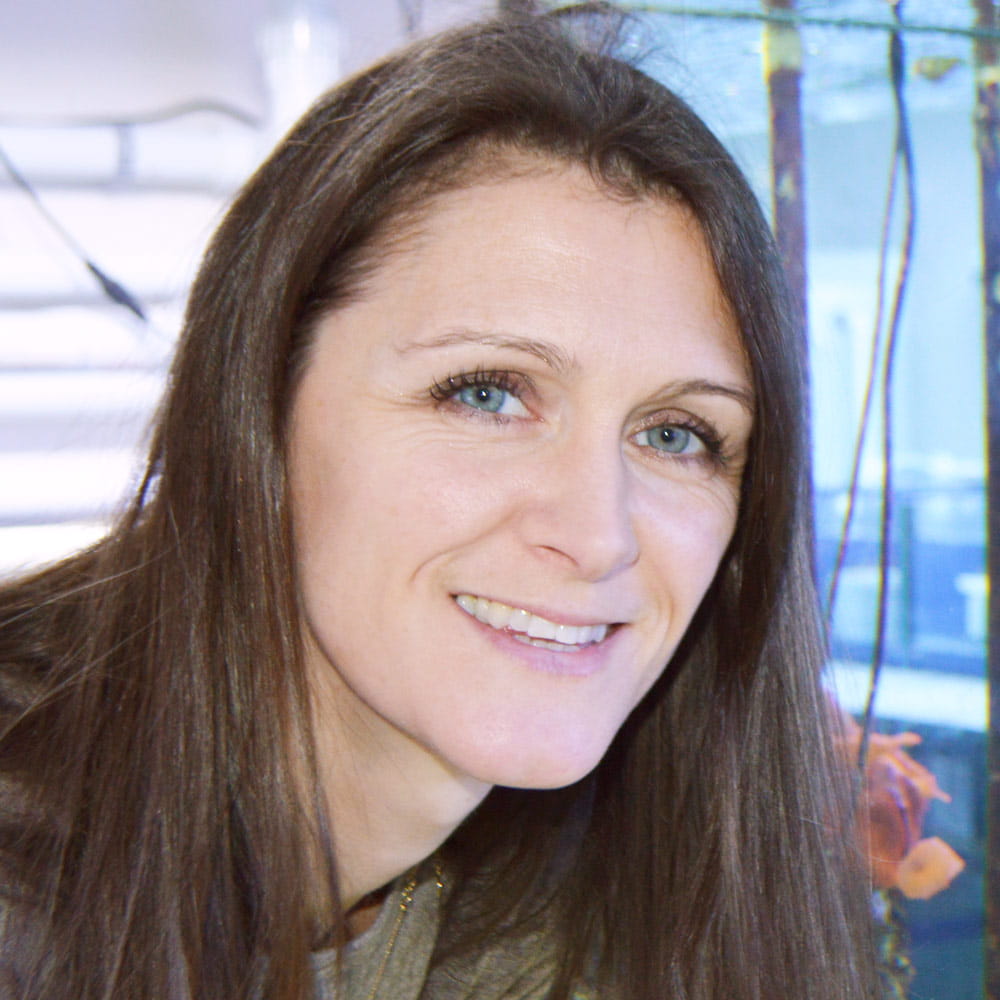In the context of global responsibility, it has often been a struggle to get the 71% blue and salty majority of our planet recognised at the same level as the minority Terra firma.
Some reasons for this are obvious; the challenges of exploring and actually seeing, let alone researching, deep-sea areas are well known - out of sight out of mind was an unfortunate reality for a long time.
With modern-day technology, the deep-sea is revealing itself to us. Not only are the opulent biodiverse hotspots of the deep-sea being filmed and researched but scientific understanding of the role the deep-sea plays in wider biogeochemical processes, like heat exchange, nutrient movements, the weather, and as a carbon store, are being teased apart too.
The ocean represents the largest carbon store on our planet, and the co-benefits of conservation of marine habitats include biodiversity, coastal protection as well as carbon sequestration. When we think of the ocean, we think of the water or the coral reefs – but actually the ‘unseen’ places such as the seafloor are crucial for storing and sequestering (locking away) significant carbon stores. We don’t yet have a good idea of how much carbon is in these places (we know it is huge), and we don’t know what the impacts of human activities (such as trawling or dredging) may have on these stores – however, we think it is likely to be negative.
The ocean takes up so much of our global heat and CO2 (through natural diffusion), that it is vital that climate action involves the ocean – the planet wouldn’t exist, as we know it, without the ocean. We are starting to see increasing awareness of our coastal habitats in playing a number of roles e.g. salt marsh habitats provide protection from storm surges, as well as a nursery for fish species, increased biodiversity of a number of organisms, and significant carbon sinks.
It’s incredibly important that discussions around climate action include not just scientists and politicians, but also members of the public, NGO’s (non-governmental organisations), industry partners, landowners, and our young generations. Seeing young people like Greta Thunberg and Vanessa Nakate speak out so powerfully and hold leaders accountable is inspiring and fills us with optimism that we CAN move forward and make positive changes. Urgent and rapid emission cuts, to keep warming below 1.5C, are the best thing for the ocean, and therefore, the planet.
In tandem, we need a common sense approach linking mitigation and adaptation through a holistic, all-encompassing ecosystem framework. This should recognise the potential of the ocean, protect what we have, restore what we can and be managed for the triple Challenge of People, Climate, and Biodiversity. One major, and relatively simple, method is to leave Blue Carbon undisturbed in natural systems.



